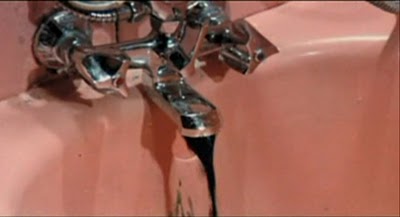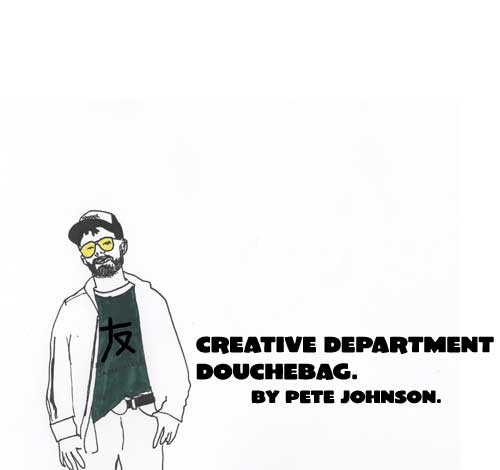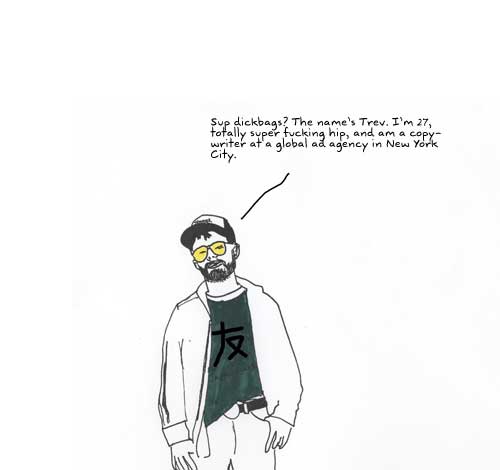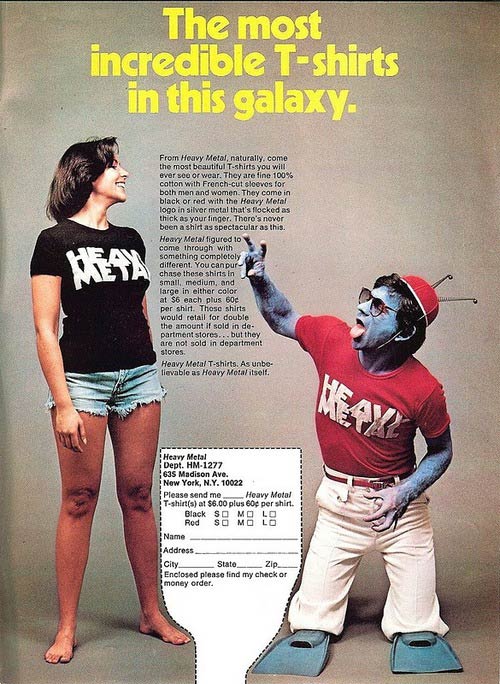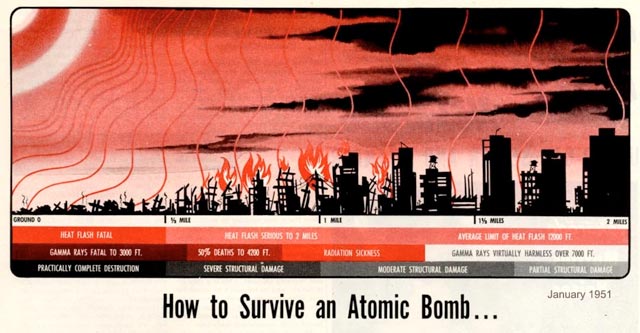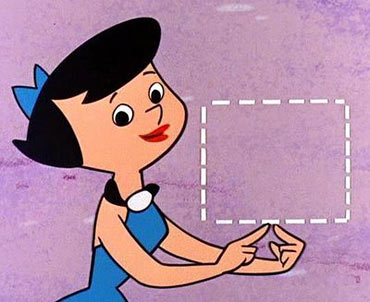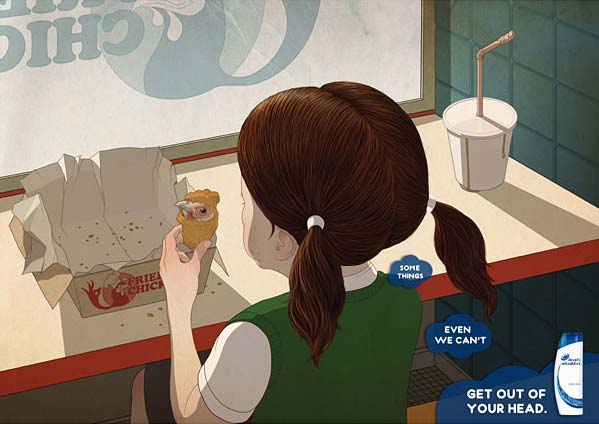marketing
Could meet one Sunday after the rosary
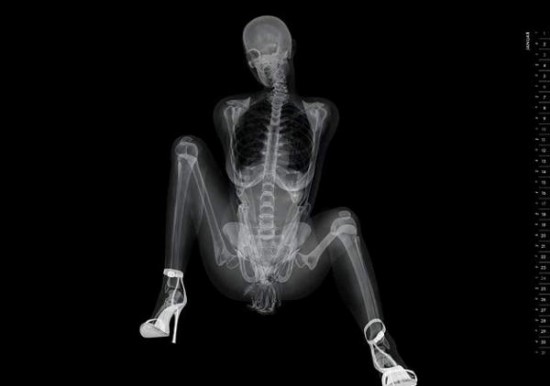
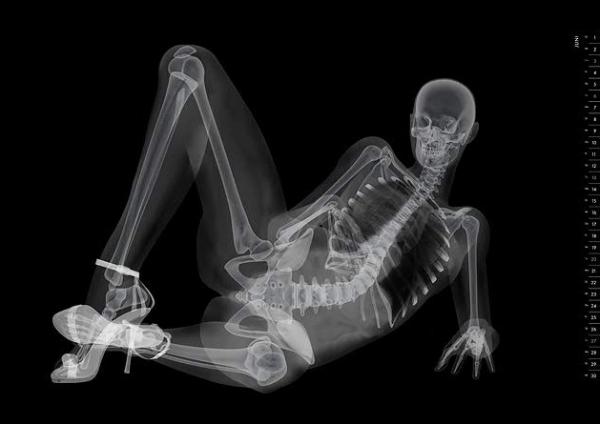
{ Eizo: Pin-up Calendar 2010 | EIZO medical imaging high precision displays for the examination and diagnosis of radiographs. Whereas craftsmen are showered with pin-up-calendars at the end of every year, this kind of present is less popular among medics. EIZO breaks this taboo. This pin-up calendar shows absolutely every detail. | Advertising Agency: Butter, Berlin/Duesseldorf, Germany. | Thanks JJ }
An incoming train clanked heavily above his head, coach after coach
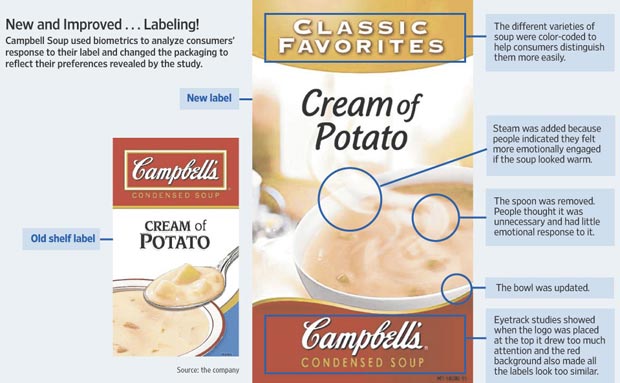
{ Campbell’s chooses “neuromarketing” over consumer feedback in rebranding its iconic soup cans | Fast Company | full story }
To push a fuckin’ RAV4?
{ Agency: Buzzman, France }
And here what will you learn more?
The commercial makes the point that AT&T’s wireless service covers 90 percent of the country by showing orange fabric being unfurled over natural and man-made landmarks around the nation like the Gateway Arch in St. Louis and the Las Vegas strip. (…)
some viewers have suggested may be based too closely on the work of the artists Christo and Jeanne-Claude. (…) AT&T spokesman, Steve Schwadron, who works for the Fleishman-Hillard public relations agency, replied with this statement: “The artists Christo and Jeanne-Claude have had and have no direct or indirect affiliation or involvement with the creation of AT&T’s advertising.”
{ NY Times | Continue reading }
This AT&T spot is not appropriation; it is intellectual theft. Anyone familiar with Christo’s work understands he and Jean Claude have always demanded total control of everything associated one of their works, for two compelling reasons: First, Christo and Jean Claude believe that everything involved in one of their works is an inseparable part of the work. This includes the negotiations and planning leading up to the work’s installation, a prolonged process that often consumes many years and even decades (as was the case with Gates).
Second, to fund this process — a Christo and Jean Claude work is completely paid for by the work itself — Christo and Jean Claude create images, multiples and other things that are sold to collectors. When an advertiser or handbag maker appropriates part of a Christo and Jean Claude work, this devalues the work, blurring the distinct line between art created by an artist and commerce engaged in solely to make money. Note that the AT&T spot steals from Christo and Jean Claude’s entire career, not just Gates: Much of their work involves wrapping or covering large objects, landscapes or seascapes with fabric, which transforms them into something entirely new and fascinating. AT&T, by contrast, is merely claiming to cover most of the world with its cellphone network — hardly transformative, and by no means art.
Sadly, Jean Claude, Christo’s longtime spouse and creative partner, died recently. Of the two, she was the fiercer protector of the work they did together and its legacy. Were she alive today AT&T would be in court with its back against the wall — and that spot would be off the air and every scrap of it destroyed.
AT&T should be thoroughly ashamed of itself, as should its agency, BBDO New York, and everyone involved in this sordid affair.
F*** me like an animal
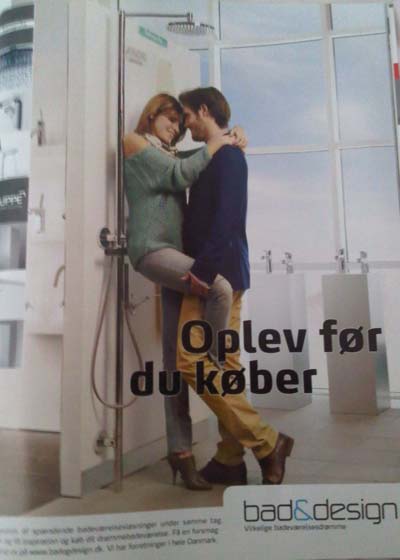
{ Bad&Design print ad | Oplev før du køber = Experience before you buy | via DANSK | Thanks Colleen }
‘Stop arguing Liz Lemon, we have more important things to worry about, like where are those french fries I didn’t ask for.’ –Tracy Jordan

{ Iamamiwhoami is the latest in intriguing mystery viral video phenomenon. … nine video music releases … Speculation has focused on artists such as Jonna Lee of Sweden, Trent Reznor , Little Boots , The Knife , *especially Karin Dreijer Andersson , Goldfrapp, Lykke Li , Gwen Stefani , Madonna , Lady Gaga , & Immi. | Fierth | full story + videos }
But on the sidewalk we ain’t play games, we exchanged numbers and names
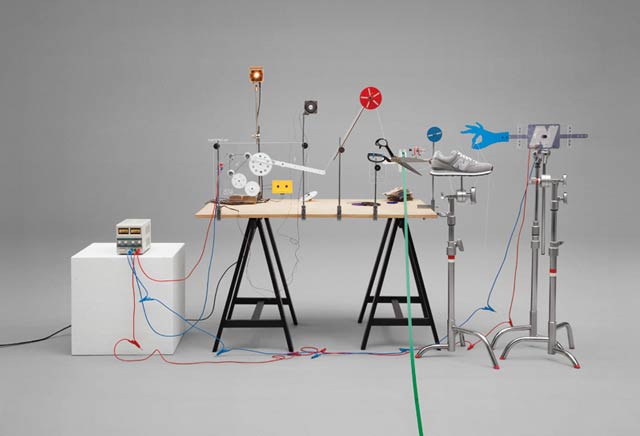
{ New Balance 365, a collection of 365 short films that engages consumers 365 days a year by asking them to think about “the balance”. | Mother NY }
You’re that kid from the fan club. Brophy… Brody… Buddy?!… No, my name is IncrediBoy.

I am currently ensconced in my plush executive hotel suite in an international location, ready to attend an international marketing conference.
Quite rightly, I’ve been given the VIP treatment because I’ll be one of the conference’s key speakers. At 3am on Sunday in the Herman Goerring Room, I will address a select audience on ‘Female Stereotypes in Advertising’. (They couldn’t have picked a better person, to be honest. I fucking love female stereotypes! I use them all the time!)
I’ll post more on that when I get back, but for now, I thought I’d shine a light on the real goings-on at events such as these.
What do the various attendees want from the event? What do they bring in terms of insight and skillsets? What do they hope to take away with them?
The answer to all those questions is nothing, fuck-all and diddly-squat. But here’s what they’ll actually be up to.
{ I am the client | Continue reading | via copyranter }
makeup { Zach Bowens }
I can fly! Can you fly?
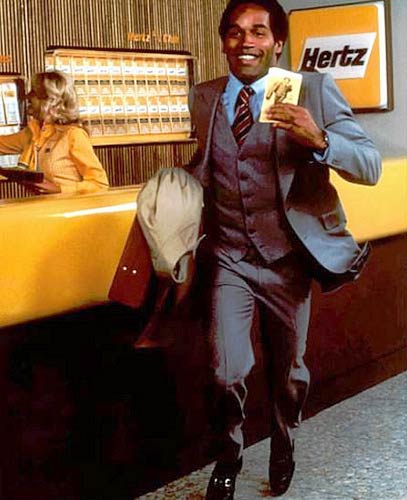
{ What O.J. Simpson wore when he was acquitted in 1995 of murdering his ex-wife and her friend was the suit seen around the world during one of the most watched televised moments in history. But the Smithsonian Institution, America’s repository of historical artifacts, rejected it Tuesday as inappropriate for their collection. | Washington Post | Continue reading | Flashback: The O. J. Simpson murder case | Wikipedia | Related: Robert L. Stone, a former top executive at the Hertz corporation who had hired O.J. Simpson in the 1970s as a famous pitchman for the car rental giant, has died. | Related: The Los Angeles Police Department has apologized to the family of the late Robert F. Kennedy and removed items from a homicide exhibit in Las Vegas that included the dress shirt worn by the senator when he was assassinated in 1968. | LA Times | Continue reading }
‘Where there is much light there is also much shadow.’ –Goethe
Neuromarketers are becoming the next generation of Mad Men. They are working for companies like Google, Frito-Lay and Disney. But instead of directly asking consumers whether they like a product, neuromarketers are asking their brains.
Using electroencephalography (EEG)–a technology typically used by neurologists to diagnose seizures–marketers measure brain wave activity in response to advertisements and products. Electrodes placed on the subject’s scalp collect the data. The consumer herself doesn’t say a thing.
And that’s the point. In the new world of neuromarketing, it is the more immediate, unedited emotional brain-level reaction to a product or ad that presumably indicates what the consumer really wants, even if she doesn’t really know it. The rational and deliberate responses elicited in focus groups are considered unreliable.
No wonder EmSense, a San Francisco-based market research company, succeeded in raising $9 million in capital last month. (…)
Brain activation detected through the band’s sensors is believed to signal the consumer’s emotional engagement with a product. Engagement, in turn, is essential to sustaining interest and in enhancing memorability, important for developing brand loyalty. Yet the practical dimensions of neuromarketing are far from well-established.
First, how well does EEG detect emotion? It can gauge alertness, yes, but the more subtle kinds of mental states that relate to purchasing decisions–such as attraction, disgust, nostalgia or aspirational fantasy–are not accessible via brain wave analysis.
Second, the notion of a discrete “buy button in the brain,” as marketers call the holy grail of marketing, is deeply naive. Response to the shape, smell and color of a product is the culmination of complex processes that engage many areas of the brain.
previously { Now, get ready for Genomarketing! }
Smoke from the tires and the twisted machine

Advertising is destroying society, according to a new report from thinktank the New Economics Foundation.
The report, which compares the impact on society of groups of people doing six different jobs, concludes that advertising “can create insatiable aspirations, fuelling feelings of dissatisfaction, inadequacy and stress” among the population. It concludes that ad executives, which it says earn “between £50,000 and £12 million”, “destroy £11 of value for every pound of value they create” - almost exactly the reverse of a hospital cleaner.
photo { Maciek Kobielski }
I’ll be clickin’ by your house about two forty-five
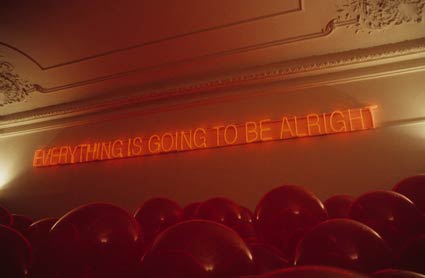
You’ve heard of Neuromarketing, which measures the neural activity of consumers (via fMRI or EEG) in response to various products or advertisements. Now, get ready for Genomarketing!
The Neuroethics & Law Blog has alerted us to a recent paper by De Neve and Fowler (2009) reporting that people with a specific low efficiency variant of the gene for monoamine oxidase A are significantly more likely to have credit card debt. (…)
Using data from the National Longitudinal Study of Adolescent Health, the authors found in that sample of 18-26 year olds,
Having one or both MAOA alleles of the low efficiency type raises the average likelihood of having credit card debt by 7.8% and 15.9% respectively. (…)
Is this the foreshadowing of a highly unethical marketing practice? Marketing based on MAO-A genotype, as determined from mailed-in credit card applications and payments? Credit card companies will have in-house labs to extract DNA from stamps and envelope flaps (Sinclair & McKechnie, 2000; Ng et al., 2007). Taking it one step further, entire marketing campaigns will be tailored to specific markers in an individual’s genome.
Not so fast. There are many limitations in the findings of De Neve and Fowler.
neon { Martin Creed | Thanks Daniel! }
The evening fell just like a star, left a trail behind
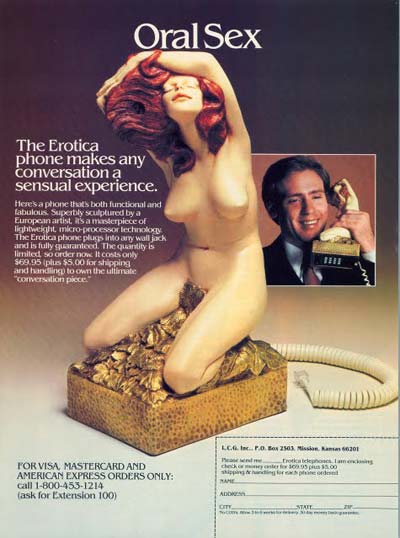
{ Erotika phone ad | via Copyranter }


